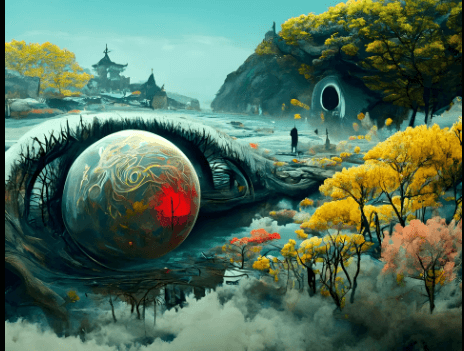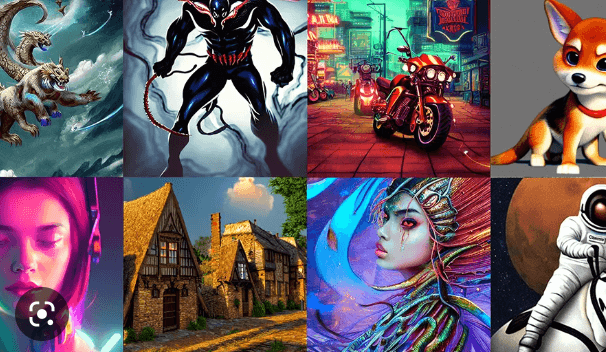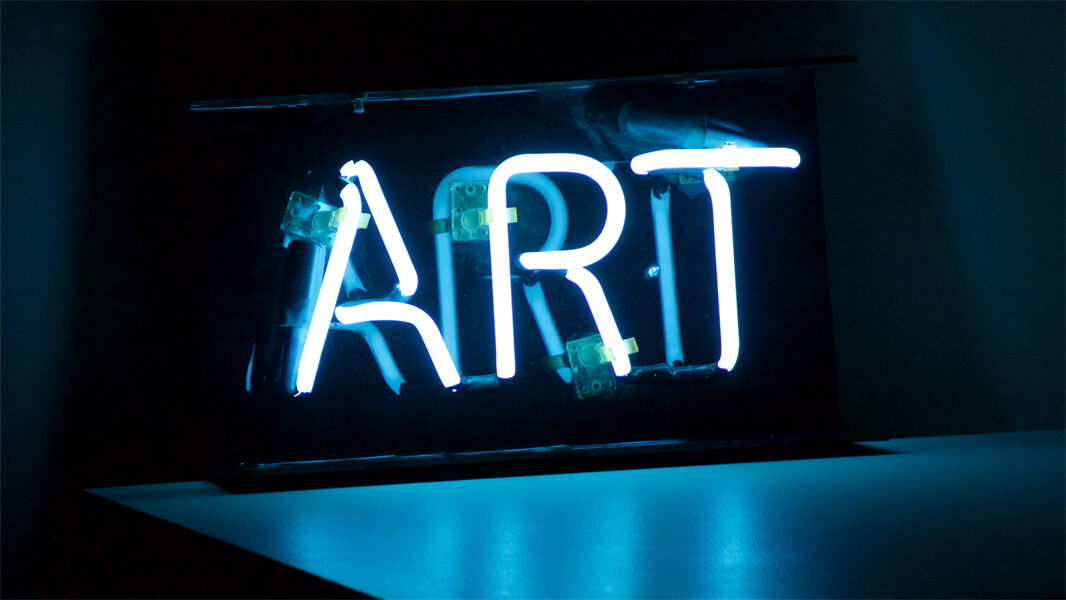
The creator of this piece is a board game developer, Allen, who made the piece to make a statement about the use of AI in art. He spent hundreds of hours designing the perfect prompt. He has hinted that he plans to release a special prompt soon. While he submitted the piece under his own name, he also added an unexplained “via Midjourney” to the credits.
Discord integration

Midjourney is an AI art generator that uses the Discord chat platform as an i/o. It generates a selection of four images based on user input and can even scale and add variations. The software is currently in beta and can be used through bots or your own Discord server. To try it out, sign up for the free trial version or demo.
Users who are new to Midjourney can begin using the beta version for free, and can purchase premium subscriptions to get unlimited use of generated images. The paid versions allow unlimited personal use of the service, and users can also use generated images for corporate uses. In addition, Midjourney allows users to own the images created by the AI.
To use the Discord bot for midjourney art, all you need to do is log in to your Discord server and join a newbie chat. Then, you can enter the command “/imagine” into the bot’s chat room. The bot will generate four pictures based on the prompt text. The entire process can take as little as 50 seconds, even with default settings.
The Midjourney team is responsive to the community and is very active in Discord. Users can access the bot from their PC, Mac, or mobile phone. You can also set permissions for specific roles. The bot will only work if the channel has less than 1000 members.
Ethics of using AI in art

The ethics of using AI in art are a complex topic. While advances in AI make it possible for computers to recognize human art, it is still difficult to enforce human standards. Researchers in Switzerland have developed an algorithm for detecting fake art using artificial intelligence. The program uses neural networks that specialize in classification.
Artists complain that AI art is a rehash of their work and threatens their livelihood. However, the history of computer generated art is long and varied. From plotters in the 1960s to teletype output, from virtual reality to auction paintings, AI has influenced the creation of many types of artwork.
The technology behind AI art has advanced dramatically over the last 50 years. Today, it is possible to enter a photo and the system will create an image based on the parameters that the user enters. It is not yet fully developed, but it is a promising innovation for the future of art.
Art-based AI projects are being explored in the arts, as a way to develop AI that is human-centric, based on ethical and human values. As we continue to embrace AI, it is vital to consider its impact on culture, society, and the economy. In the arts, the use of AI can be a valuable tool for engaging the public and creating socially-relevant art. But art-based AI may also pose ethical challenges.
The ethical implications of AI in art have only recently begun to be fully explored. The technology can produce basic illustrations, which would eliminate the need for human artists. At the same time, it can also replace some artist’s work. The end goal of artificial intelligence in art, however, is still the same as it is in other fields: to make art. The same can be said about NFTs. For example, AI-generated art may create a distorted and meaningless image.
One of the biggest ethical concerns associated with AI-created art is the issue of copyright. Currently, the US Copyright Office has refused to grant copyright protection to AI-generated art. However, the AI creator believes that he should be able to claim copyright to AI-generated works. This issue will likely take a long time to resolve.
There is a need for transparency when it comes to AI. A recent workshop on artificial intelligence and the arts invited artists to create multimedia works that highlight the disparity in power in the AI pipeline. These types of workshops are important because they provide an outlet for the discussion of AI ethics outside of mainstream understanding.
